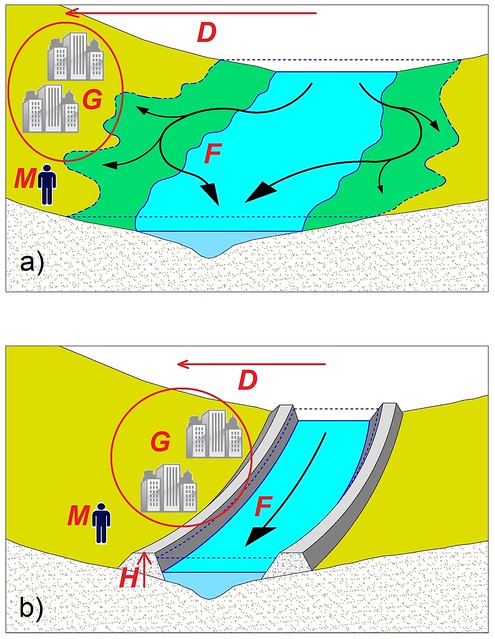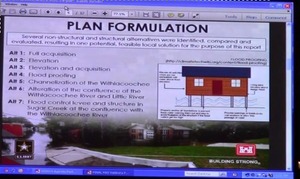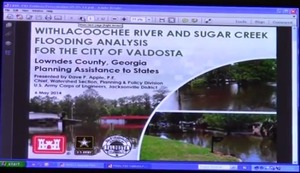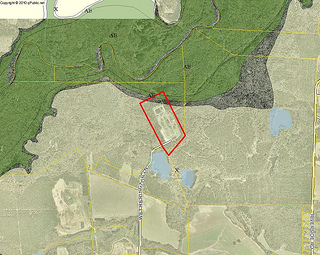 Flood control to keep water out of houses seems like a good idea,
but it turns out that it causes the flood control measures to keep
needing to be raised higher, and it encourages people to build
too close to flooding areas, plus
“rare and catastrophic events take place”.
Like the 2009 “700 year flood” and the
four or more floods this year
that have overflowed the Withlacoochee Wastewater Treatment Plant.
In our case, there are also the issues of widespread clearcutting
and buildings and streets with impervious cover.
The local runoff containment requirements in the various local government zoning codes may be
like levees: “flood control
structures might even increase flood risk as protection from
frequent flooding reduces perceptions of risk”.
Flood control to keep water out of houses seems like a good idea,
but it turns out that it causes the flood control measures to keep
needing to be raised higher, and it encourages people to build
too close to flooding areas, plus
“rare and catastrophic events take place”.
Like the 2009 “700 year flood” and the
four or more floods this year
that have overflowed the Withlacoochee Wastewater Treatment Plant.
In our case, there are also the issues of widespread clearcutting
and buildings and streets with impervious cover.
The local runoff containment requirements in the various local government zoning codes may be
like levees: “flood control
structures might even increase flood risk as protection from
frequent flooding reduces perceptions of risk”.
This encourages human settlements in floodplain areas, which are then
vulnerable to high-consequence and low-probability events.
Much simpler just not to give out building permits for flood zones.
Or we could
put medical buildings right next to a creek,
assuming
because it’s never flooded it never will….
Socio-hydrology: conceptualising human-flood interactions,
G. Di Baldassarre, A. Viglione, G. Carr, L. Kuil, J. L. Salinas, and G. Bloschl,
Hydrol. Earth Syst. Sci., 17, 3295–3303, 2013
doi:10.5194/hess-17-3295-2013,
© Author(s) 2013. CC Attribution 3.0 License.
Abstract. Over history, humankind has tended to settle near streams Continue reading →
 Emily Davenport, Valdosta Stormwater Manager, sent a letter 2 June 2014
to attendees of the 6 May 2014 Army Corps of Engineers presentations,
with paper materials attached, and a note that they are also online at
Stormwater Division, Regional Flooding. [Not there anymore, but see updated first bullet item below. 2018-01-28 -jsq]
Emily Davenport, Valdosta Stormwater Manager, sent a letter 2 June 2014
to attendees of the 6 May 2014 Army Corps of Engineers presentations,
with paper materials attached, and a note that they are also online at
Stormwater Division, Regional Flooding. [Not there anymore, but see updated first bullet item below. 2018-01-28 -jsq]









